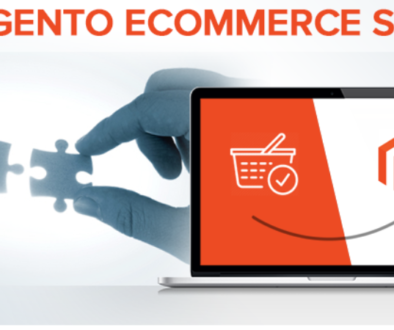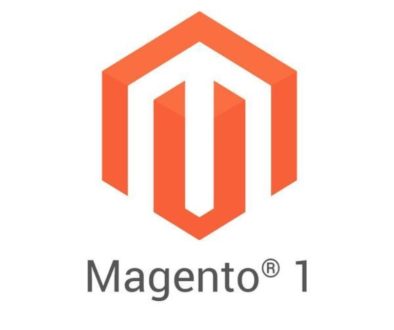A Powerful Raising Online Minority – Vertically Integrated E-commerce
There is a new emerging movement in e-commerce called vertically integrated e-commerce. It’s not sa specific sector or product niche, but more of a business model or sometimes even transcends into a movement or philosophy.

We always strive to improve and find ways to make things more efficient. Obvious models are based on scale such as Walmart and Amazon. The problem with this is there can only be one number one. The other problem is that the value proposition is very one-sided, often based on availability, price or convenience.
The new model of vertically integrated e-commerce businesses uses a different approach to merchandising. In fact one could say that most vertically integrated e-commerce retailers are the exact opposite of Amazon and the like. Examples include Bonobos, Everlane, Shoe Dazzle, Nasty Gal, or 39 Dollar Glasses, which lead the pack and some time (re-)define an entire industry. It’s not a coincidence that lowest priced glasses retail for $38 at Walmart; in response to 39 Dollar Glasses, and Warby Parker makes buying glasses online trendy and accepted by the masses.
All these brands are web-only (at least to start out) and they are vertically integrating the retail value chain, ranging from manufacturing, branding, sales, fulfillment, and customer service. By eliminating third parties from the supply chain, these companies not only bring their products, but also their brand and with it a life-style and philosophy directly to their consumers. On one hand this cuts inefficiencies of the traditional retailer, and on the other hand also often translates in superior brand execution and higher brand awareness among consumers. The value proposition becomes high-quality products at significantly lower prices while having better customer service. And for the vertically integrated e-commerce business it means higher margins and tighter control of all processes.
The Internet as a tool that drives competition gave rise to retail giants such as Amazon, Staples, or Dell often capturing the high ground in their industry and driving out competition, is now opening these opportunities to vertically integrated e-commerce businesses that capture their audiences with their hearths and wallets.
However, with every upside there is a disadvantage and vertically integrated e-commerce is not an exception to that.
It’s not an accident that almost all successful vertically integrated e-commerce companies have a strong message and recognizable brand. A vertically integrated e-commerce business is not a retailer, and as such cannot rely on existing brands. It has to become its own brand and develop a product and voice that appeals to its target audience. As largely independent business by its very definition a vertically integrated business “starts from scratch”.
What has been your experience with vertically integrated e-commerce brands? Do you prefer to like from these types of companies? Or have you even started or worked at such a company? Share your experience here with us and leave a comment.


